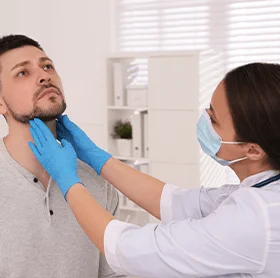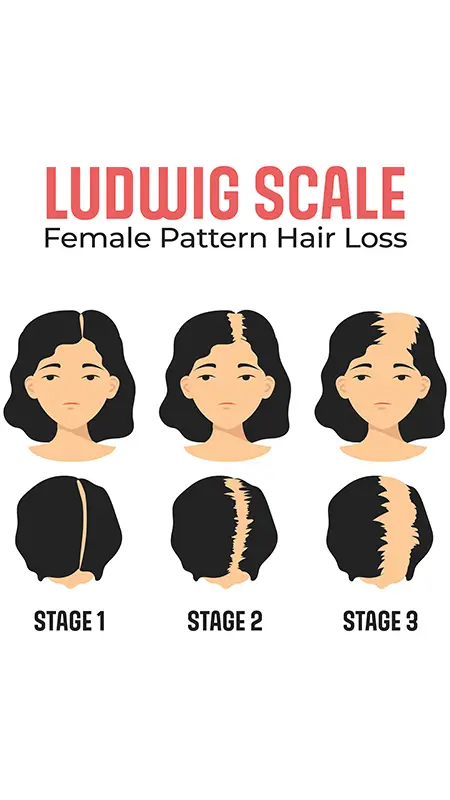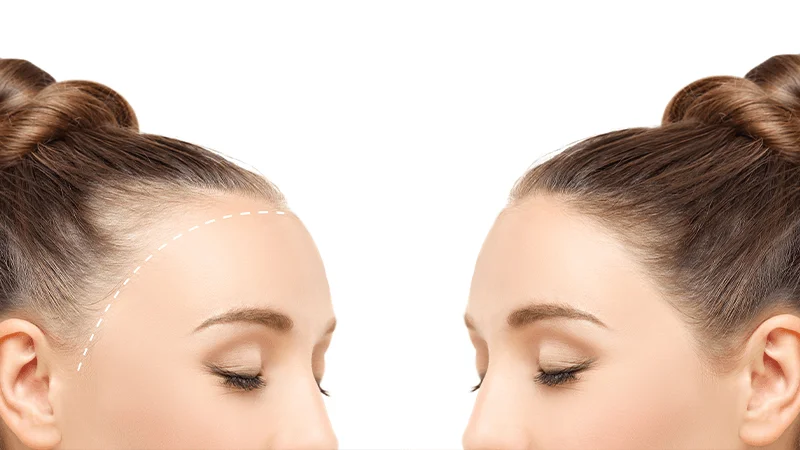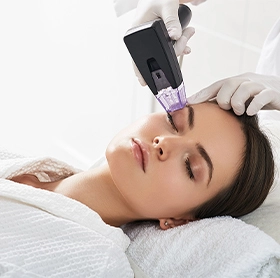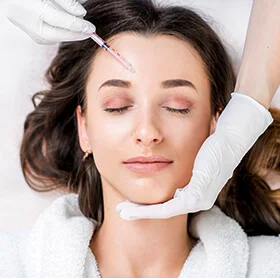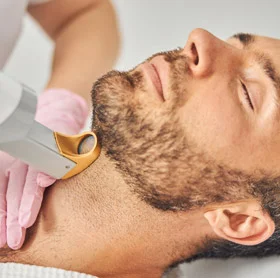Signs & Symptoms of Female Pattern Hair Loss
- Thinning Hair: The most common and noticeable sign of female pattern hair loss is a gradual thinning of hair, particularly on the top of the scalp. Hair becomes less dense and may appear sparse.
- Widening Part: As the hair begins to thin, the parting of the hair may appear wider than usual, revealing more of the scalp.
- Receding Hairline: Some women may experience a receding hairline, similar to male pattern hair loss, but this is less common in females.
- Follicle Shrinking: Hair strands may become finer and weaker, losing their previous thickness and resilience.
- Increased Shedding: Women with female pattern hair loss may notice an increase in hair shedding, particularly during shampooing or brushing.
- Visible Scalp: As hair density decreases, the scalp may become more visible through the hair, especially in well-lit areas or under direct sunlight.
- Hair Loss on the Crown: Thinning hair may be more pronounced at the crown of the head, creating a circular or oval-shaped pattern of hair loss.
- Progressive Nature: Female pattern hair loss tends to be gradual and progressive, with the thinning becoming more apparent over time.
Stages of Female Pattern Hair Loss
Female pattern hair loss (FPHL) progresses in stages, typically following the Ludwig classification system. This system describes three main stages:
Stage I (Mild Thinning): Hair loss begins subtly with a slight decrease in hair volume, particularly along the part line. The hair may start to look less dense, especially on the top of the head. Many women first notice this during or after menopause, though it can start earlier.
Stage II (Moderate Thinning): Hair thinning becomes more visible, as the part line widens and the scalp may begin to show through in certain areas. Hair may feel finer and flatter as density decreases. In this stage, hair loss is more noticeable but still retains some volume.
Stage III (Advanced Thinning): Significant thinning and visible hair loss occur across the top and crown of the scalp, with even more scalp showing through. Hair density is markedly reduced, and the hairline near the forehead may appear sparse. At this stage, hair loss can be more challenging to manage and may require treatments for regrowth or volume support.


